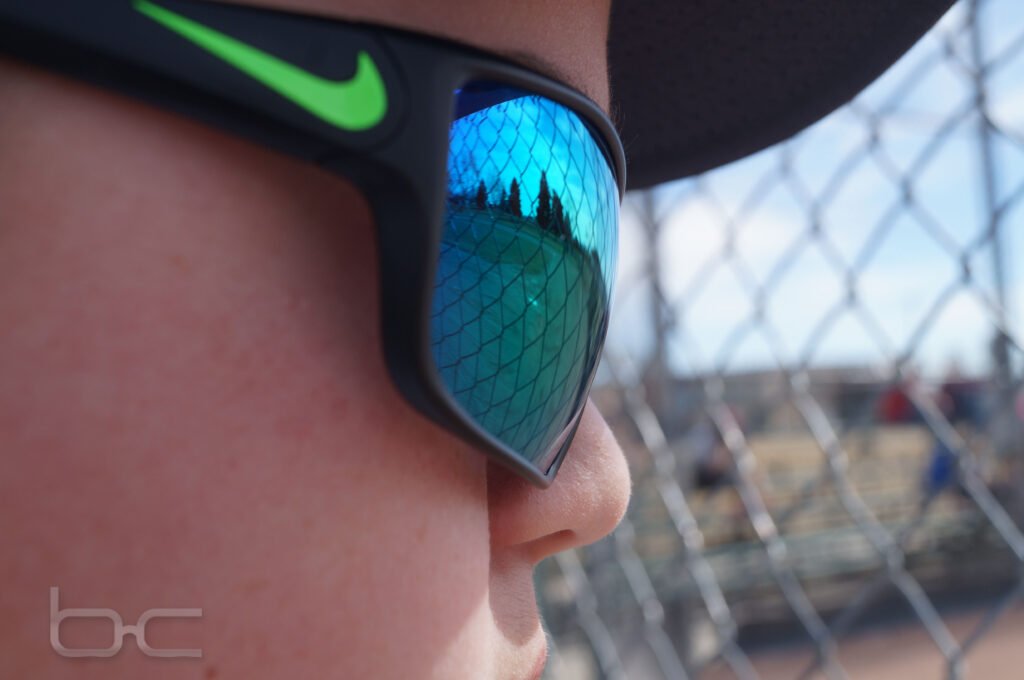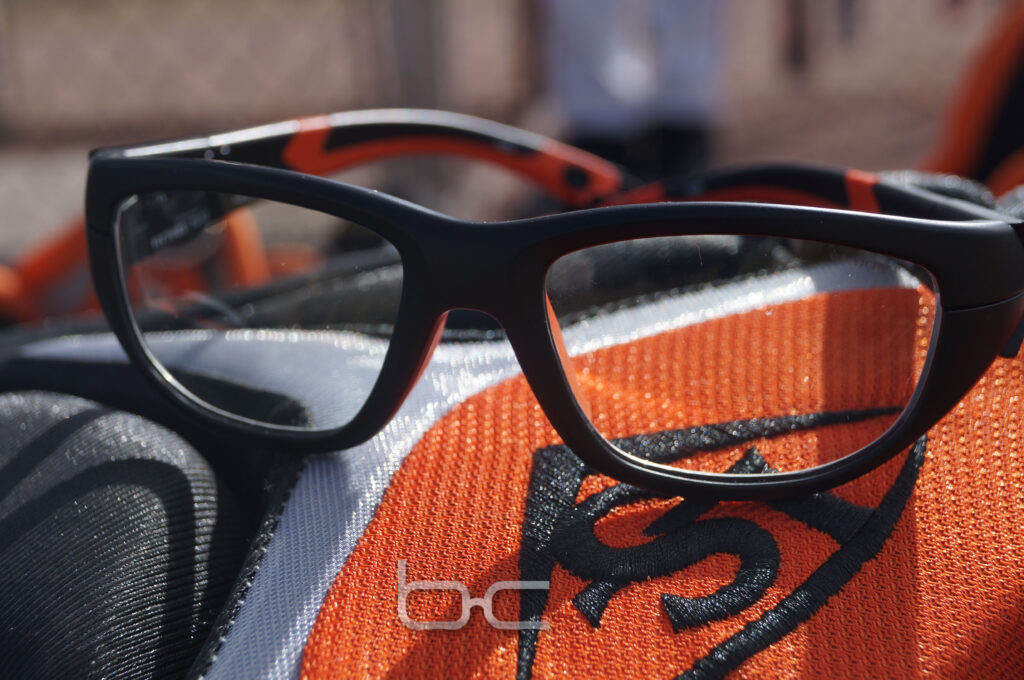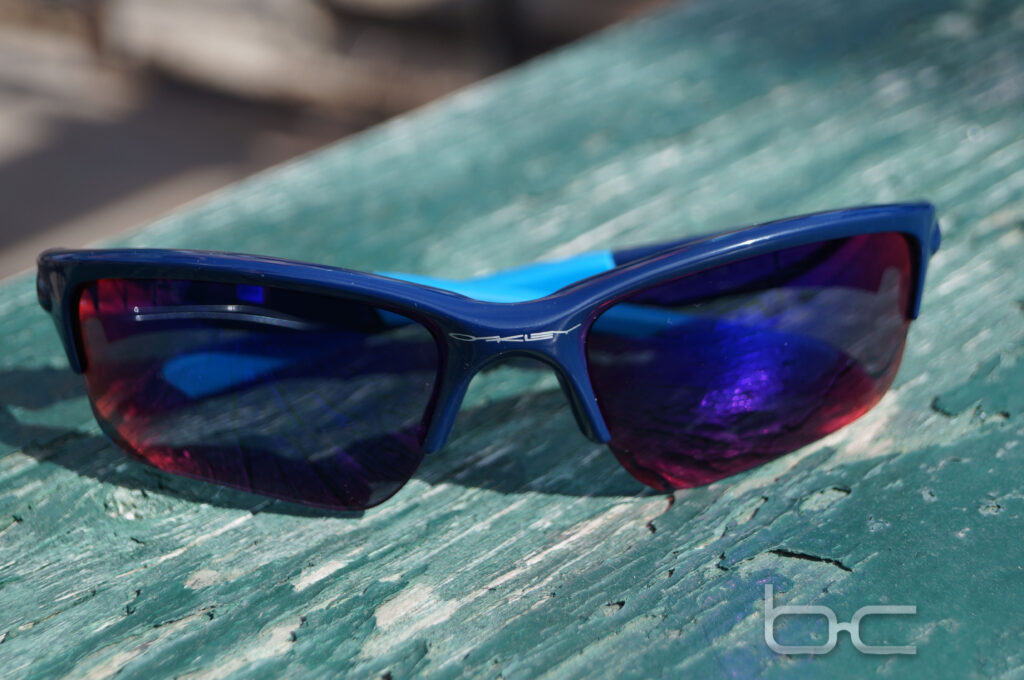
It’s All Fun & Games Until…
Most athletes are no stranger to the risks of injuries and are pretty good at taking the steps needed to prevent them. They train hard, stretch out before the game, and gear up with protective pads, mouth guards and helmets.
But how often do we hear about steps taken to protect an athlete’s eyesight?
Clear Facts on Sports-Related Vision Injuries
Eye protection is one of the most commonly overlooked safety precautions in sports. On average, more than 600,000 sports-related eye injuries occur every year—thousands of which require emergency room treatment. More than 13,500 result in permanent vision loss.
Approximately one-third of these injuries occur in children, and sports are the leading cause of eye injuries in kids 16 and under. But team sports aren’t the only leisure activities that put your vision at risk. For example, did you know that fishing is the number one cause of sports-related vision injuries?
Eye Injuries Can Be Prevented With the Right Eyeglasses
 The good news is that 90% of serious injuries to the eyes can be prevented with the proper use of protective eyewear. Regular eyeglasses and sunglasses, however, don’t count as protective eyewear. In fact, street-wear glasses can be even more dangerous than nothing at all because they can break and cause a dangerous penetration of the eye.
The good news is that 90% of serious injuries to the eyes can be prevented with the proper use of protective eyewear. Regular eyeglasses and sunglasses, however, don’t count as protective eyewear. In fact, street-wear glasses can be even more dangerous than nothing at all because they can break and cause a dangerous penetration of the eye.
Safety lenses are made of a durable plastic called polycarbonate, which is 20 times stronger than a regular lens. What this really means is that these lenses can defend the eyes from objects flying at up to 90 miles per hour. For greatest safety, whether made of metal or plastic, frames should completely surround the lens so that it cannot be dislodged. Look for a Z87.1 stamp on the bow, which means the frame meets all standards for safety.
Don’t Wear Regular Eyeglasses or Corrective Lenses? Don’t Take a Shortcut
 No matter the sport, children and adults should wear protective eyeglasses whether they’re in practice or when a game or match is underway—even if they do not normally wear prescription glasses or contacts. Protective eyeglasses won’t hinder player’s eyesight and there are a variety of frame options from which to choose to ensure the perfect fit. The latest styles are offered with or without a prescription and with or without protection from the sun.
No matter the sport, children and adults should wear protective eyeglasses whether they’re in practice or when a game or match is underway—even if they do not normally wear prescription glasses or contacts. Protective eyeglasses won’t hinder player’s eyesight and there are a variety of frame options from which to choose to ensure the perfect fit. The latest styles are offered with or without a prescription and with or without protection from the sun.
One final reminder: if you do sustain an eye injury while playing sports—even if it seems minor–see your eye doctor or go to the emergency room immediately. The longer you wait, the higher the risk of permanent vision loss or blindness.
For more information about how to protect your eyes or your child’s eyes while playing sports, Bauer & Clausen Optometry is here here to help. Contact us today to schedule your appointment in our Billings office.


